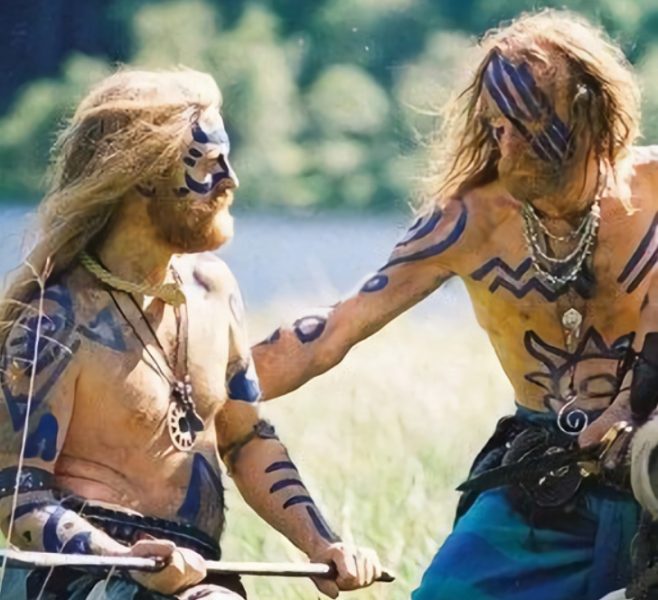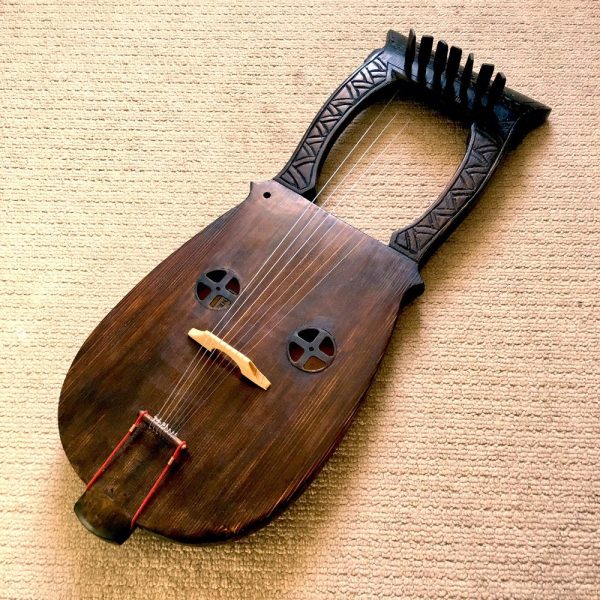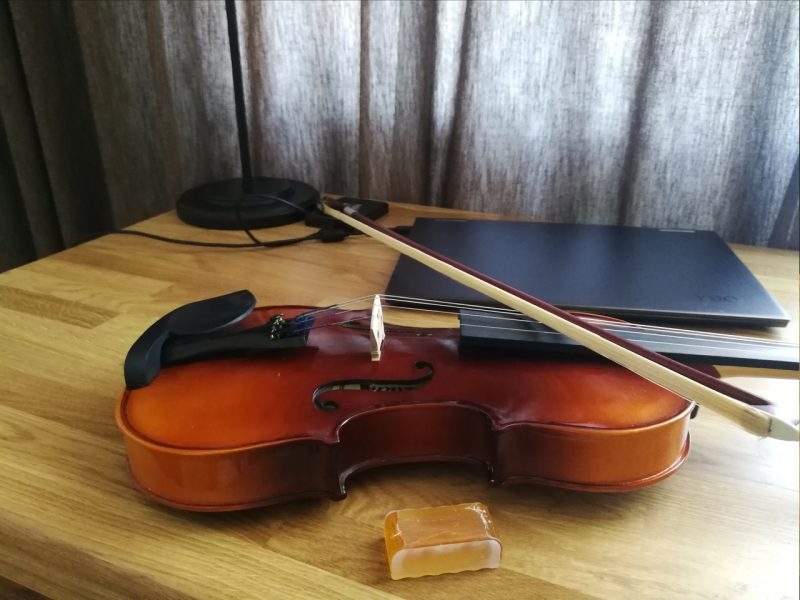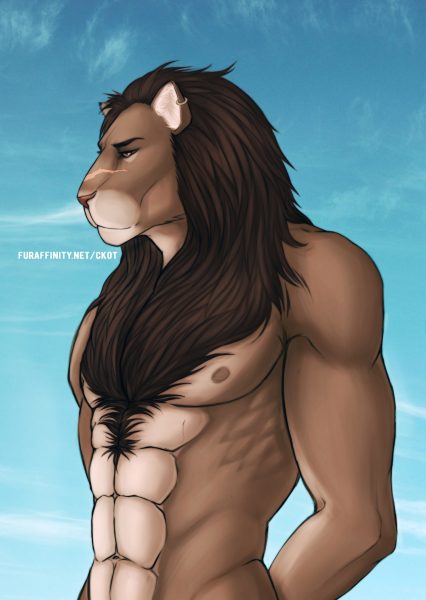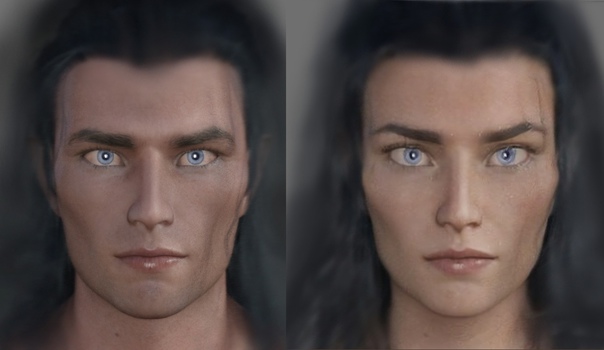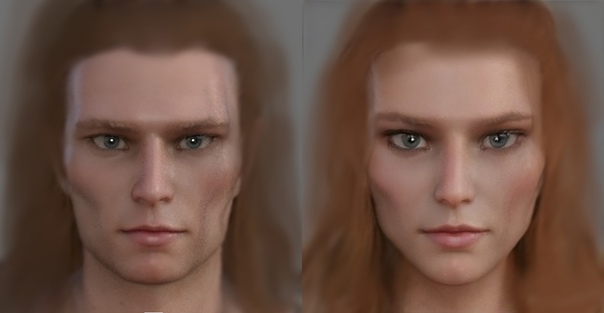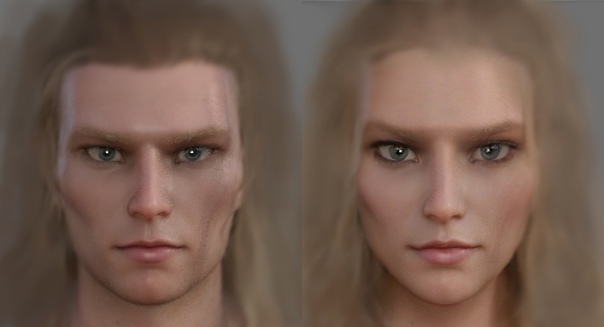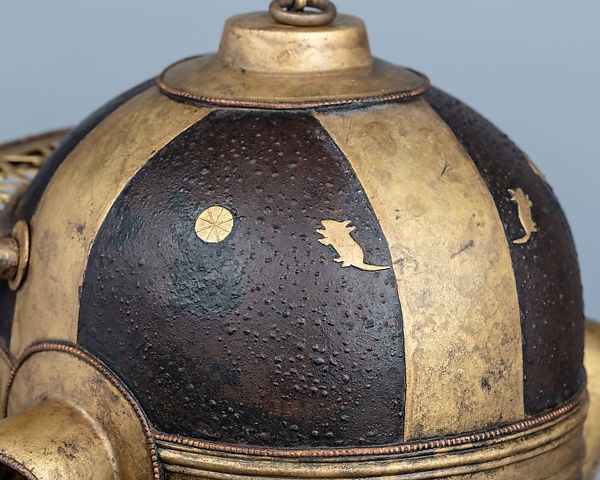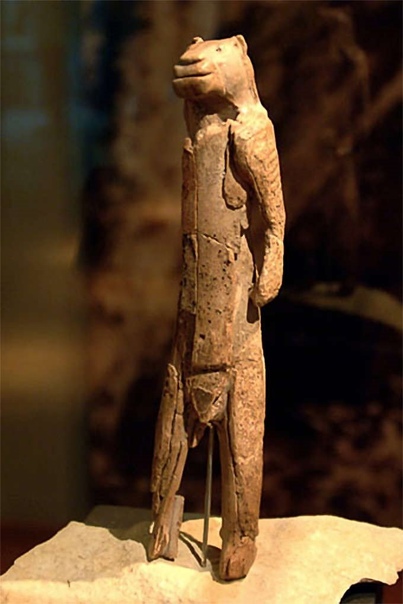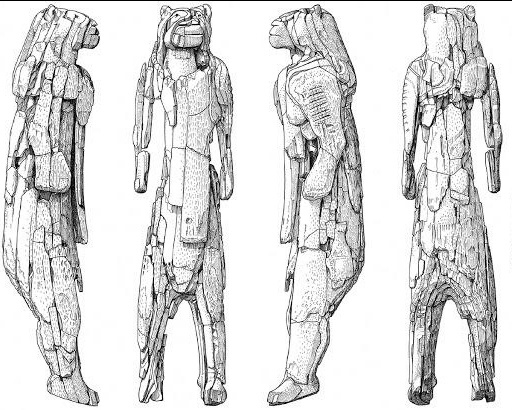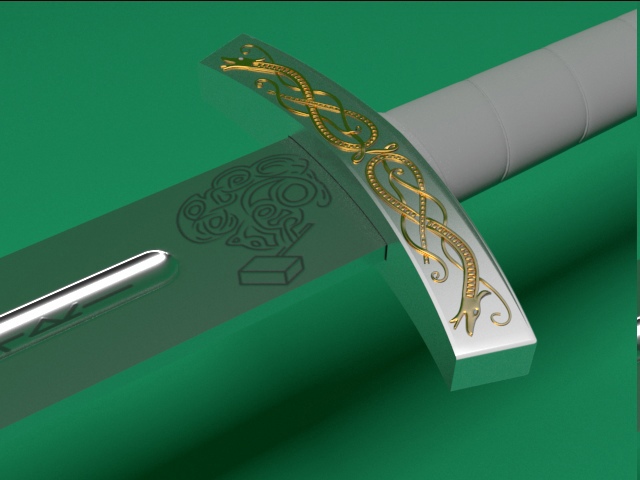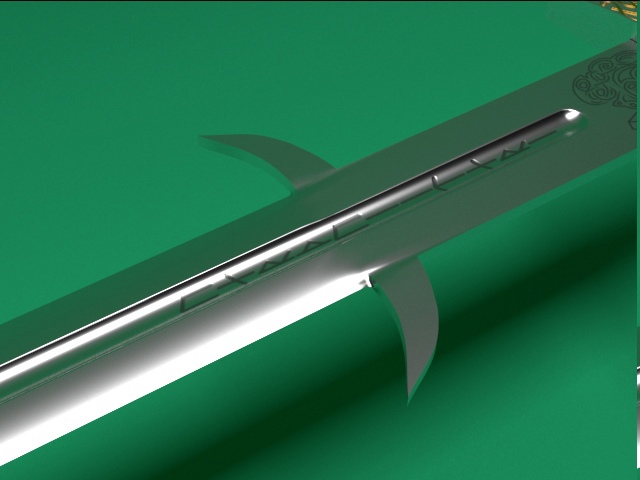A slightly strange post on a topical topic that will be (not) useful to all of you. I will talk about homosexuality among the ancient peoples - for now the human ones who lived in Orov: some time ago I had to seriously investigate this issue. Better not ask why.
What prompted me to write this post is that it is difficult to find any more or less intelligible information on this topic: people in general are divided into two camps, and one screams that there could be no homosexuality, because it’s not like a man and from Satan, and the latter, no less zealously, push something about freedom of morals and gay orgies after breakfast.
If this topic bothers you in any way, please do not read further.
- ancient Hellenes: well, everyone already knows this, it seems. Morals varied depending on the policy, but in general it was considered absolutely normal for an adult man to “look after” a male teenager; For an adult free citizen, being a host was still considered unworthy.
- ancient novels: no, they were far from supporters of such eccentricities. That's it. This was also due to the fact that all this was not like a man for a free citizen, but even active homosexuals did not enjoy approval. During the Empire, the attitude changed a little, but in general it also remained somehow meh.
- ancient betas: here you, gentlemen, slashers, have a whole expanse. Some people, and their men, had two or three lovers, with whom they, according to Diodorus, “...slept right on the ground on animal skins, rolling around with the lovers who are with both sides." It is quite likely that this is somehow connected with fraternization rituals, but still.
- Germans: everything is fun here too. It is known that at least the Westerners had initiation rituals associated with, uh, intercourse among young men. With the Vikings, everything is not very clear, since there is somehow no pre-Christian information about this, and later ones speak about this matter not very positively. But, IMHO, since they began to respond only later, this may mean that such things were not particularly condemned before.
- recane: unknown. Yes, completely unknown. You can come up with whatever you want, but the fact remains: none of the ancient historians wrote anything about this. Perhaps some Rechan monks openly condemn the licentiousness of sexual morals (this is somewhere in the 12th century, if memory serves), but by this they can mean anything at all.
- svayts: see above - even less is known about them than about rivers.
I do not mention homosexuality among women for the most banal reason: historians have written practically nothing about it. Only the Hellenes had some information left, but still very little.
But in general it all looks something like this; if the post suits you, then I’ll tell you about the elves, and the dvergs, and the dzherts; both to the east, and to the south, and in general about everyone about whom there remains sane historical information.

